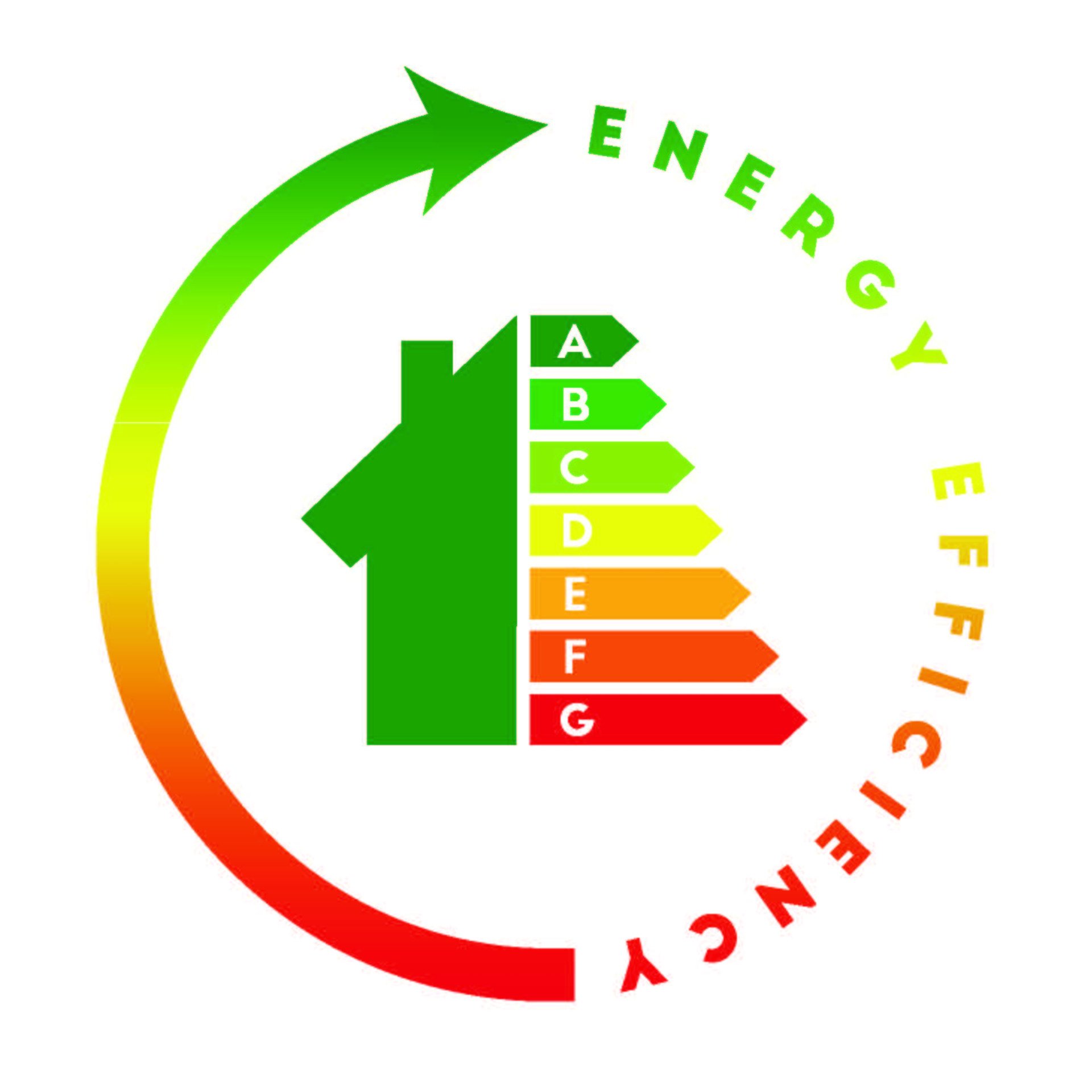What affects a BER
The rating a property receives can be affected by a number of things.
Age of construction
The year of construction of the dwelling (and any extensions) is an essential data point for your BER - particularly for existing dwellings. This is because, where there is limited information available, assumptions in relation to the amount of insulation present or the efficiency of a heating system, for example, may be made based on the year of construction /installation. These assumed values (default values) are conservative so as not to overstate the energy performance. They are generally based on the standards in place at the time of construction.
For this reason, it is important that the correct construction age is used in the BER for both the original dwelling and any extensions.
Floor area
The floor area for the BER is based on internal dimensions and is calculated in accordance with the DEAP methodology. In general, rooms and other spaces, such as built-in cupboards, are included in the calculation of the floor area for the BER, where these are directly accessible from within the dwelling. However, unheated spaces clearly divided from the dwelling are generally not included in the floor area calculation
Defaults values
In accordance with the DEAP methodology, default values may be used when assessing existing dwellings. So, for example, where there is insufficient documentation available to the BER assessor, insulation levels may be determined based on the age of construction and construction type. These are conservative estimates of the energy performance of certain areas of your home. This may result in your home receiving a lower BER rating than expected.
If you cannot provide your BER Assessor with sufficient documentation of any upgrade works on your home, they will need to use default values.
Please note, however, BER Assessors are encouraged to choose non-default values provided adequate evidence for these values is available. Your BER assessor can advise you on documentary evidence requirements for the BER. Your BER Assessor is required to upload to DEAP, any documentation/photos to support the use of non-default values in your BER assessment. These will form part of your BER data file.
Find out what documentation you need to provide to your BER assessor before the survey.
Thermal insulation
This is the wall, attic and floor insulation of the building. On average, a home loses between 20-30% of its heat through the walls. Up to a further 30% can be lost through a poorly insulated attic.
A property with low insulation levels will generally have more heat loss making it less energy efficient, less comfortable, more expensive to heat and result in a lower BER rating.
Windows and doors
You can lose about 10% of your homes heat through your windows and doors depending on the glazing and frame types.
A property with single-glazed windows and unsealed doors generally will have additional heat loss, making your home less energy efficient. This also reduces the effectiveness of your home's insulation as heat is lost through windows and doors.
Default thermal performance values take account of the age of the windows/doors, frame types (eg. metal, wood, pvc) and glazing types (single, double, triple glazing). These characteristics can generally be determined during the site survey. As with all default values, the assumed default thermal performance is conservative.
Non-default thermal performance values must be supported by certificates stating U-value & solar transmittance values for the installed windows/doors.
Heating systems and controls
Older gas or oil boilers with no controls are less energy efficient than newer solutions such as a heat pump
A new condensing boiler or heat pump and heating controls can increase the energy efficiency of your home
DEAP rules apply when determining heating system efficiencies. Your BER assessor will take photographs of the heating system (e.g. boiler, heat pump, etc.) to support data inputs in the BER. Photographs of nameplates with make and model number can also be taken to support non-default efficiencies. Heating system manuals or installation certificates can also be copied and used as supporting data.
In the absence of supporting data, default efficiencies in DEAP manual must be used.
Light fittings
The calculation of lighting use is based on the installed fixed lighting in the home. The type and quantity of fixed lamps within a dwelling are recorded during the site survey. The more energy efficient light bulbs installed in the fixed lighting in your home, the lower the calculated energy usage will be, improving your BER.
It is important to note that your BER assessor does not take account of portable lighting in your home. Instead, certain assumptions are made within the calculation regarding the energy use due to portable lighting.
Renewables
Renewables installed in your home will have a positive impact on your BER rating. Renewables include, for example, photovoltaics (PV), heat pumps, solar water heating, biomass, wind energy, solar space heating.
It is important to provide your BER assessor with any documentation and certification to support the renewables entry in the BER. Where there is insufficient documentation available, your assessor can take account of the installed renewables by applying more conservative default values.


